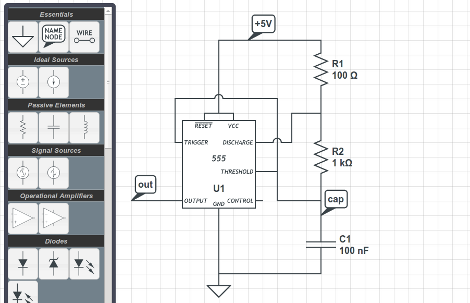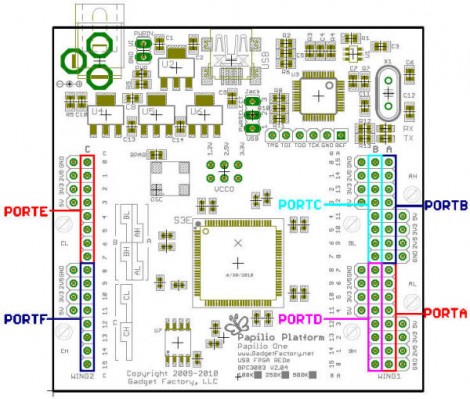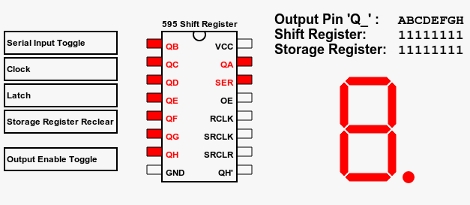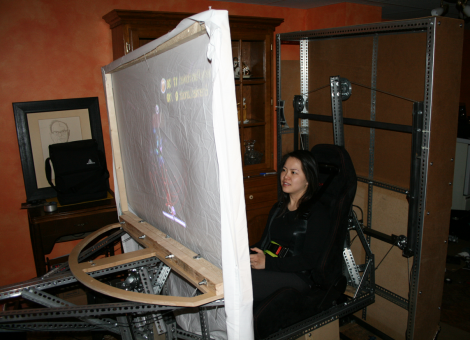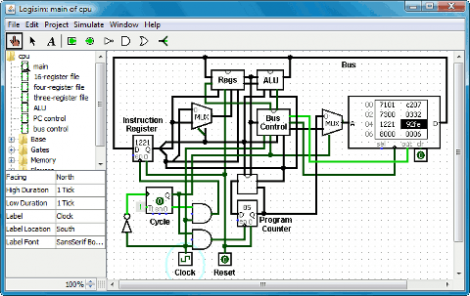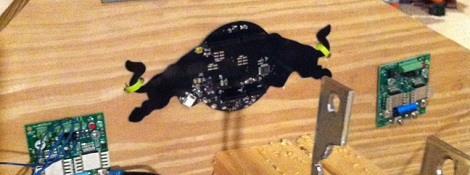
[Dave] and [Martin], otherwise known as Ballistic Locomotive, sent in their entry for the Redbull creation contest. It’s a roller coaster simulator that can emulate the twists, turns, and drops of a roller coaster in your living room.
The simulator is built around a plywood roller coaster car mounted on a 2 DOF table. With a few first-person roller coaster videos and the speed, roll, and tilt data provided. Ballistic Locomotive had a functioning roller coaster simulator.
Of course, watching a 1st-person shot of a roller coaster just isn’t the same experience without the wind blowing through your hair. To simulate this aspect of a roller coaster ride, so the Ballistic Locomotive team connected a relay to the bullduino and connected a carpet drying fan.
Not only did Ballistic Locomotive build something awesome with their bullduino, they also manage to make a great ride for one of the builder’s son’s birthday party this weekend. You can check out the demo and a few videos after the break.
Continue reading “Roller Coaster Simulator For The Redbull Creation Contest”


